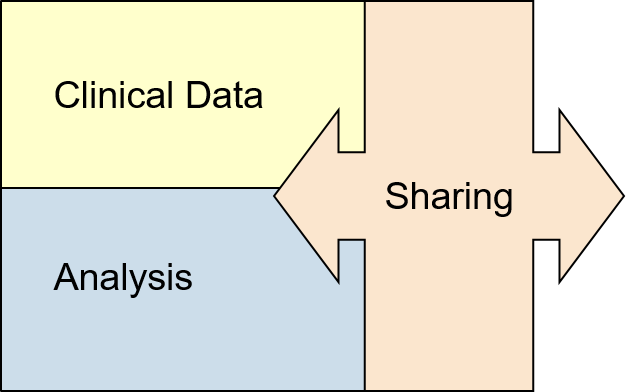Clinical Data Business Strategy
Your clinical data — and how you manage, analyze, and share it — is a critical component of your success in the emerging medical economy
Today’s healthcare business landscape is becoming more turbulent. New business models are evolving, provider networks are proliferating, consolidation is happening across the board, and the uncertain future of the ACA is adding additional risk. Providers (hospitals, clinics, ACOs, Long Term Care Facilities, Practitioners) need to make important business strategy choices in order to compete effectively, such as: which patients & geographies you will serve; whether to sell, grow or specialize; whom to acquire or partner with; what services you will offer; which payment models you will participate in — and which you won’t.
Making these choices well requires insightful analysis of data: clinical, operating, cost, claims, and more. But Clinical Data is the fulcrum: the state, extent, depth, condition, accessibility — as well as your ability to collect, manage, analyze (and even share) your clinical data is a critical prerequisite to your success in the emerging medical economy: for participation in and succeeding in new payment models; for specializing or growing particular services; for realizing the value of mergers, acquisitions, and partnerships; and more.
Our Clinical Data Business Strategy (CDBS) engagement can help you:
- understand the clinical data areas and services critical to your business success;
- evaluate the business models and data rights for sharing data with others;
- make decisions regarding where to invest to optimize the value of your clinical data assets; and
- make the critical business decisions that may determine whether your organization thrives (or even survives) in the emerging medical economy.
What is a Clinical Data Business Strategy?
A Clinical Data Business Strategy (CDBS) is a documented, analytically-supported set of integrated decisions about what clinical data you will collect (and why); what you will do with it; and whether / how you will share it (and any analytics you generate using it) — formulated into actionable business initiatives and strategic principles.
Within the context of your business strategy/business objectives, a CDBS will answer the following types of questions:
About Clinical Data:
- What data should you collect and why? Should you focus on certain types of data (particular conditions or treatments)?
- Should you collect, manage or analyze data differently for some conditions or treatments than for others?
- At what level of quality is your data and where should it be? Should that differ by therapy or condition?
About Analysis:
- What type of analytics should you be doing, and why?
- Should you outsource analysis to others? If so, for which analytics? To whom? With what business model(s)?

About Sharing:
- Should you share your data with others? If so, whom? Retaining what rights?
- What business model(s) should you employ?
- Should you acquire data from others (e.g., for analysis)? If so, under what terms?
Why Clinical Data Business Strategy?
Better Yields
New Capabilities
New Revenue Streams
Strategic Insights
How We Develop a CDBS
1. Current state & Strategic Context: document established business strategy tenets which drive CDBS choices; set business strategy & CDBS baselines; interview key personnel; identify gaps
2. Choice Analysis & Data Assessment: identify the key CDBS choices to be made, and their impact on business strategy; assess clinical data assets for content and format quality
3. Opportunity Landscape: estimate the potential value of increased revenues & operational cost savings; based on attractiveness, relative capability, and potential value, array the Opportunity Landscape.
4. CDBS Choices & Integration: informed by the Opportunity Landscape, make the key CDBS choices about data, analysis, and sharing; integrate CDBS choices and connect to business strategy.
5. Craft Clinical Data Business Strategy: Formulate recommendations / prioritization and roadmap; craft Clinical Data Business Strategy, and present to executive team

The big-data revolution is in its early days, and most of the potential for value creation is still unclaimed.
We’re currently witnessing an explosion of digital health applications and software that is producing rapidly growing volumes of consumer and patient information. As a result, healthcare organizations are sitting on large stores of data that have significant value beyond the primary clinical use for which it was collected.
Contact Us
Please feel free to contact us directly by phone, email or LinkedIn.
telephone: (860) 805-8827
email: info@eos-consultingllc.com
